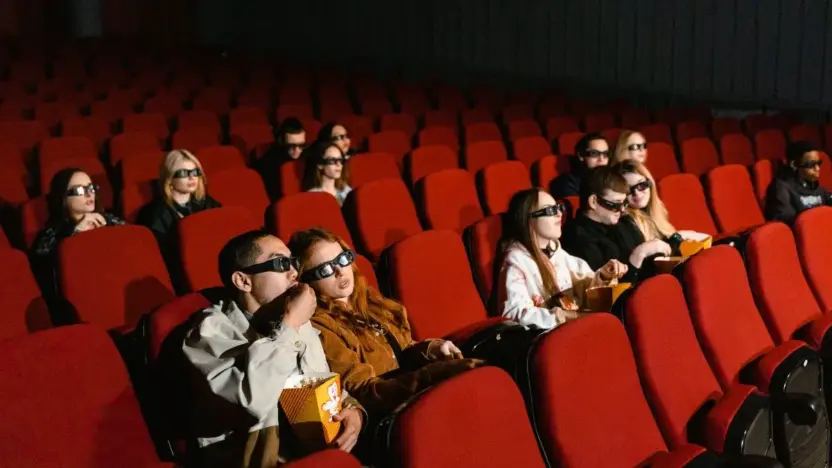Filmmaking has evolved dramatically over the decades, with advancements in visual effects playing a crucial role in shaping cinematic experiences. The debate between practical effects and CGI (computer-generated imagery) continues to divide filmmakers and audiences alike. Which technique makes a movie more immersive? The answer isn’t black and white—it depends on the film, the audience, and the intended experience.
What Are Practical Effects?
Practical effects refer to physical effects created in real life rather than through digital means. These include:
- Miniatures and models – Used in movies like Star Wars (1977) to create spaceships and landscapes.
- Animatronics – Like the dinosaurs in Jurassic Park (1993), which gave creatures a tangible presence.
- Makeup and prosthetics – Think of The Lord of the Rings or The Dark Knight‘s Joker.
- Stunt work – Traditional action films rely heavily on real stunts rather than CGI-driven sequences.
What Is CGI?
CGI is the digital creation or enhancement of visuals in a movie. It includes:
- 3D character modeling – Used in Avatar (2009) for the Na’vi characters.
- Green screen environments – Like the breathtaking cityscapes in Doctor Strange (2016).
- Digital de-aging and face replacement – As seen in The Irishman (2019).
- Motion capture technology – Perfected by Planet of the Apes (2011-2017).
The Immersion Factor: Does Practical or CGI Win?
Immersion depends on how seamlessly effects blend into a movie’s world. Here’s a breakdown of how each method contributes to immersion.
The Case for Practical Effects
Practical effects feel real and tangible because they are physically present on set. This realism helps actors react naturally, leading to more authentic performances. In horror and sci-fi, practical effects often create a visceral, unsettling experience. Consider John Carpenter’s The Thing (1982), where grotesque, physical creature effects still hold up decades later.
Practical effects also age well. The original Jurassic Park still looks impressive because the animatronic dinosaurs had weight and texture. Compare that to CGI-heavy Jurassic World (2015), which, despite its advancements, feels less grounded.
The Case for CGI
CGI opens doors to impossible worlds and grand spectacles. Without it, movies like Avengers: Endgame or Interstellar wouldn’t exist. CGI allows for smoother storytelling, removing limitations of physical sets. It also enhances practicality—CGI fire, for example, is safer than using real flames.
Modern CGI has vastly improved. Dune (2021) seamlessly blends CGI with real cinematography, making sandworms and vast landscapes feel breathtakingly real. However, CGI that isn’t done well can lead to a loss of immersion (Justice League‘s infamous Henry Cavill mustache removal, anyone?).
The Perfect Blend: Practical + CGI
The best movies combine both techniques. Mad Max: Fury Road (2015) is a prime example—80% practical stunts, enhanced subtly with CGI. The Dark Knight‘s truck flip scene was done practically, with CGI only used to remove wires. This approach retains realism while expanding creative possibilities.

Which One Works Best for You?
Different audiences have different expectations when it comes to visual effects. Here’s a table breaking it down:
| Viewer Type | Prefers Practical Effects | Prefers CGI |
|---|---|---|
| Classic Film Lovers | Yes, because they value realism and craftsmanship. | No, they often find CGI excessive. |
| Action Movie Fans | Yes, for stunts and explosions that feel weighty. | Yes, for large-scale destruction and spectacle. |
| Sci-Fi/Fantasy Enthusiasts | Yes, for tangible props and detailed costumes. | Yes, for world-building and alien landscapes. |
| Horror Fans | Yes, as physical gore and creatures feel scarier. | Sometimes, when used subtly for atmospheric effects. |
| Casual Viewers | Not a priority, as long as it looks good. | Not a priority, as long as it looks good. |
Final Verdict: Which One Reigns Supreme?
There is no definitive winner—immersion is about how well effects serve the story. Practical effects shine in close-up, character-driven moments, while CGI is unbeatable for epic scale and visual spectacle. The sweet spot? A careful mix of both, using CGI to enhance rather than replace the physical.
So, the next time you watch a movie, pay attention to how it uses effects. Does it feel real? Or does it feel artificial? That’s your answer to what makes a movie immersive.
Also Read: What Makes a Movie a Cult Classic?



